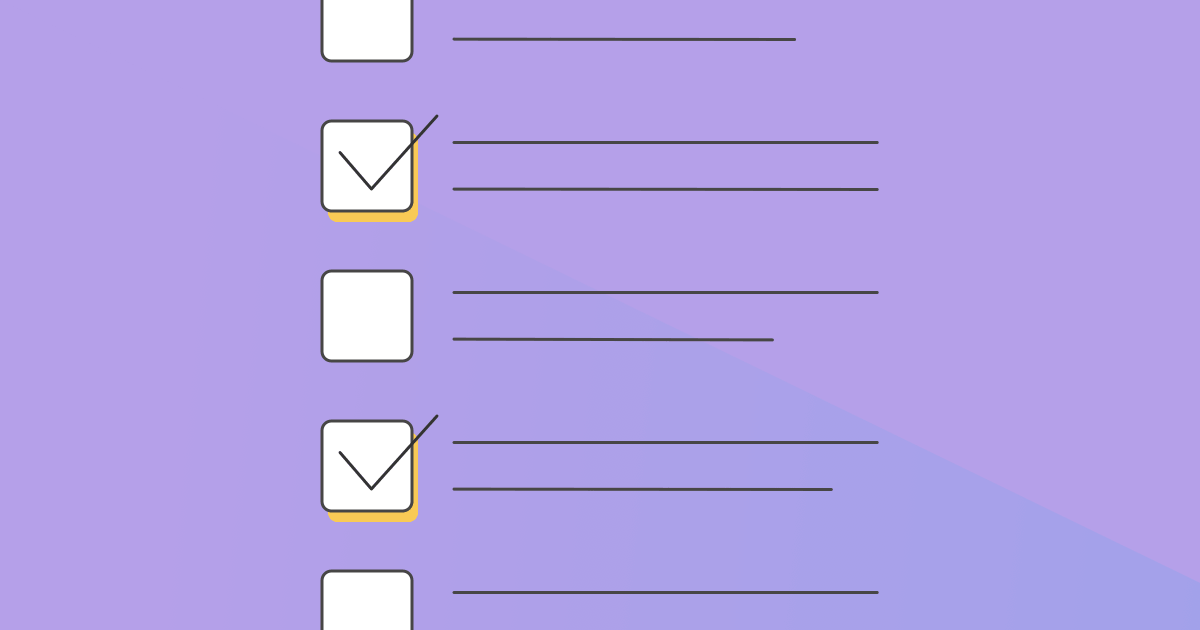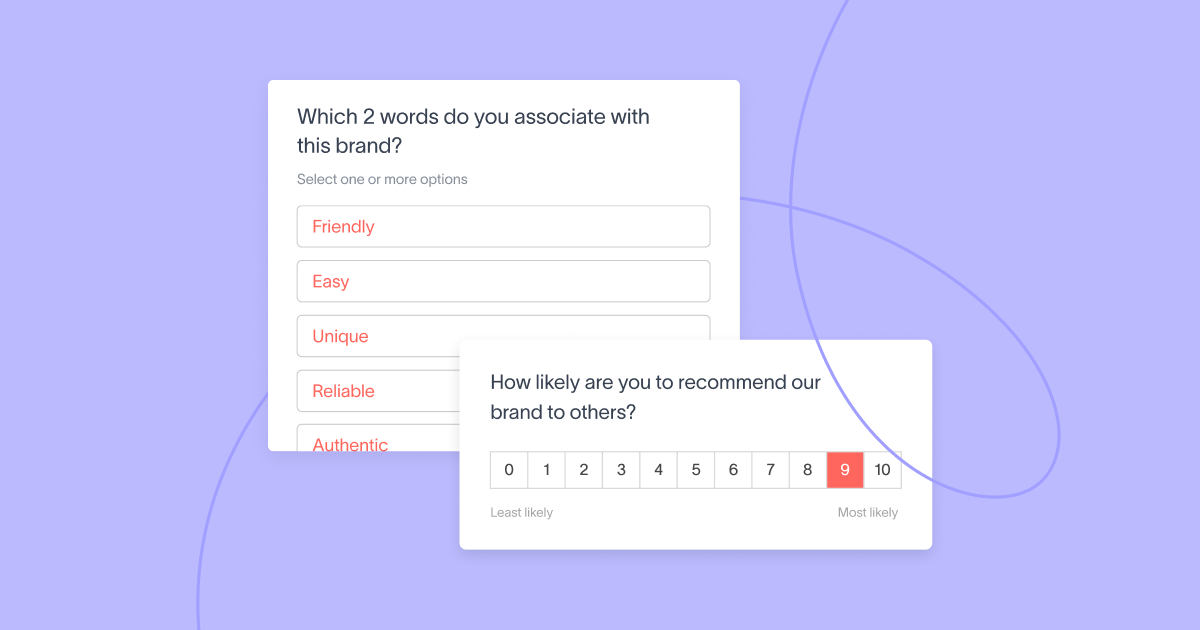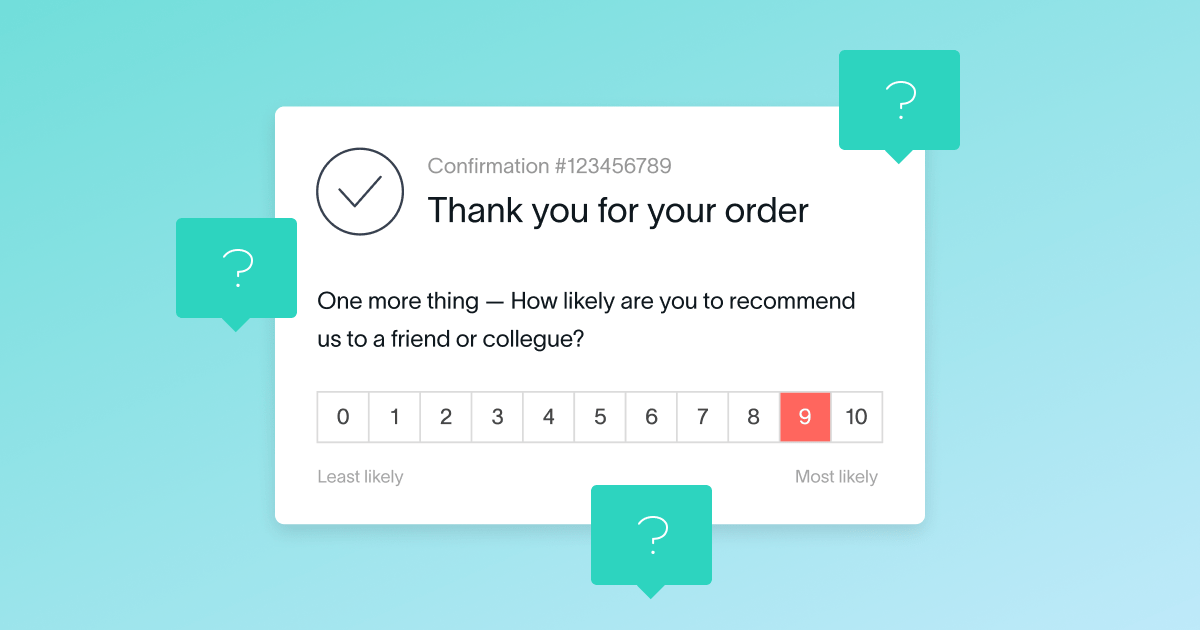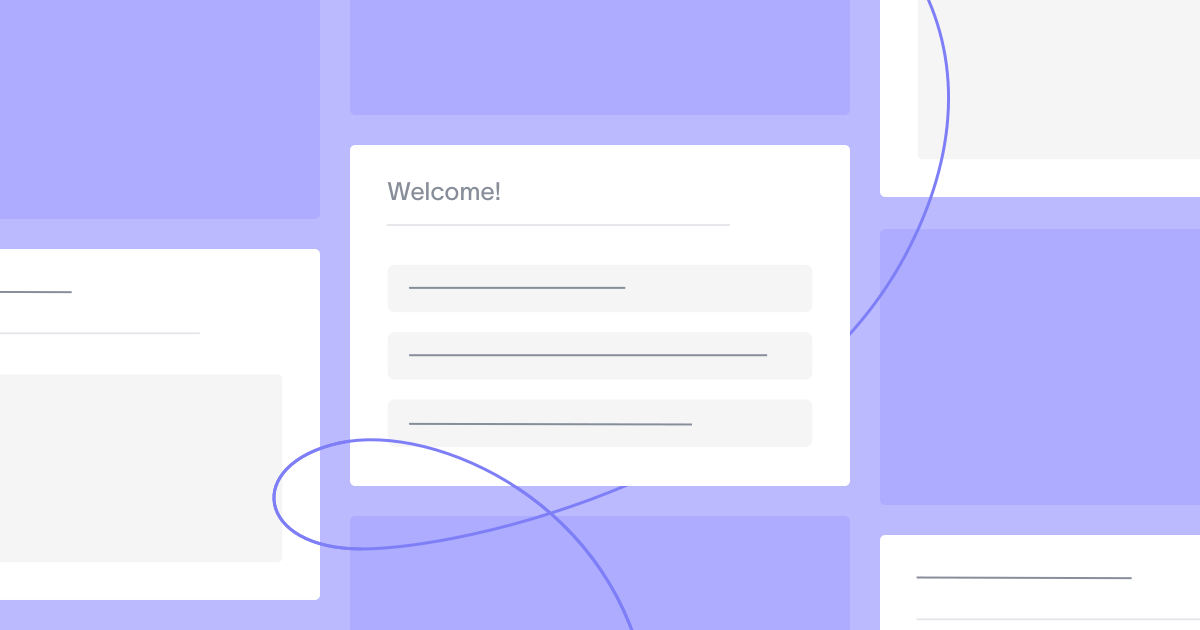To create a thoughtful customer survey, you need to decide what to measure, the sending method, and your survey audience.
Even after careful consideration during the survey creation process, you notice your survey response rate is lower than expected. What could be causing this?
Enter – nonresponse bias.
Let’s break down the definition of nonresponse bias and how you can give your survey response rate a boost with 6 easy-to-implement tips.
What is nonresponse bias?
Nonresponse bias occurs when a survey participant is unable or unwilling to respond to your survey or survey question. While the reasoning for this bias can vary from person to person, respondents who refuse to participate can be a source of error in your survey data that makes it less accurate.
When measuring customer loyalty and retention, a large number of unanswered responses could lead to business decisions built on skewed data.
Finding techniques to reduce nonresponse bias off the bat can make a significant impact on long-term business growth.
What causes nonresponse bias?
There are many reasons why people may not respond to your survey – they might see your survey and forget to respond, or perhaps they don’t want to complete it that day for one reason or another. In some cases, nonresponse bias can result from aspects of your survey that you may not have considered.
For example, common causes of nonresponse bias include but aren’t limited to:
- Inadequate survey design. If your survey isn’t clear and concise, it can cause respondents to drop off and result in an incomplete survey. Remember to implement survey design best practices so that respondents are more inclined to take and complete your survey.
- Incorrect survey audience. Before designing and distributing your survey, you should ask yourself if you’re sending it to the correct audience. Make sure the survey is relevant to the audience you’re surveying. For example, if you’re asking about a new product, make sure you’re only surveying individuals with a record of purchasing that product.
- Inability to reach respondents. When surveys don’t reach respondents, they’re unable to take your survey and provide impactful data. Ensure you have up-to-date contact information from your survey audience to prevent bounced emails. Also, if you think your survey may have been flagged as spam, try these tactics to keep surveys out of spam folders.
Now that we’ve covered the potential causes of nonresponse bias, let’s dive into why it’s important to reduce it.
Why is nonresponse bias a problem?
Nonresponse bias can lead to inconclusive results and prevents your survey from fulfilling its purpose, no matter the survey’s goal.
For example, let’s say you’re gathering data on whether or not a feature is still adding value to your product. If not enough of your sample completed the survey, there might not be sufficient data to make an informed decision on whether to keep the feature as-is, improve it, or go in another direction entirely.
Survey data is most informative when you’re getting the complete picture. Avoiding nonresponse bias not only makes an impact on survey response and completion rates but also on important decision-making.
Nonresponse vs. response bias
While nonresponse bias occurs when respondents don’t complete or respond to surveys, response bias is a bit different: response bias (or survey bias) occurs when the survey encourages the respondent to answer a question or questions in a particular way.
Response bias affects the accuracy of your survey data because the respondent’s input is no longer objective and is influenced by the survey – leading to a measurement error.
Regardless of the type of survey bias, keeping survey best practices in mind when writing and designing your survey is crucial to increase the reliability of your results.
How to reduce nonresponse bias
There are many ways to increase survey response rates while maintaining high-quality feedback. We’ve pulled the top 6 ways to instantly optimize your feedback program and reduce nonresponse bias effects over time.
1. Keep your surveys short and simple
Simplicity is key. In fact, data shows that abandon rates increase for surveys that take more than 7 – 8 minutes to complete, and completion rates drop from 5 – 20%.
If you include too many questions in your survey, your customer may not finish their responses or want to begin the survey in the first place. Consider making your survey 3 – 5 minutes long with 10 questions at most.
2. Set expectations with your participants
Tell your customer what they should expect from your survey – either in an email beforehand or in the intro message of the survey.
Clarify the goal of the survey and how long it will take to complete. If the questions are sensitive in nature, reassure your customer that the survey will be anonymous and that honest answers will have no repercussions.
3. Re-examine survey timing and distribution method
Take a step back and ask yourself – am I using the best survey distribution method for my audience? Am I sending the survey at the right time?
If you’re unsure whether or not your distribution is optimized to get the most accurate responses, try different survey distribution methods (email, web, link, or in-app surveys) and test which channels are most effective and relevant for your customer base.
Be mindful of when you send the customer survey and double-check if your survey frequency is optimal for your industry in our best practices for sending guide.
4. Provide an incentive to complete the survey
Let your customer know how they will benefit from taking the survey. It can be as simple as telling your customer how their feedback will improve product functionality and in turn, solve their pain points.
Another way to motivate customers to complete your survey is to provide a monetary incentive. For example, consider offering a discount on a future purchase or a referral incentive for referring a friend. Easily incorporate referral rewards into your surveys with the Friendbuy integration.
5. Send a friendly reminder
A busy customer may put your survey on their to-do list, but forget to complete it after a few days. Giving your customer a gentle nudge in an email reminder will help put your survey back on the customer’s mind.
Automate reminders in Delighted’s Email platform, which will send a reminder to customers who have not opened their email survey exactly one week after the survey is delivered.
6. Close the loop
When participants do complete your survey, be sure to thank them for their time. Go beyond a simple “thank you” by creating a customized response at the end of the survey, depending on their feedback. When a respondent feels like they’ve been heard, they are more likely to complete your surveys in the future.
Ready to give your survey response rate a lift? Delighted’s free online survey maker gives you the resources needed to optimize your feedback and help reduce nonresponse bias. Scale your CX program with ease through our suite of self-serve and automation tools.







